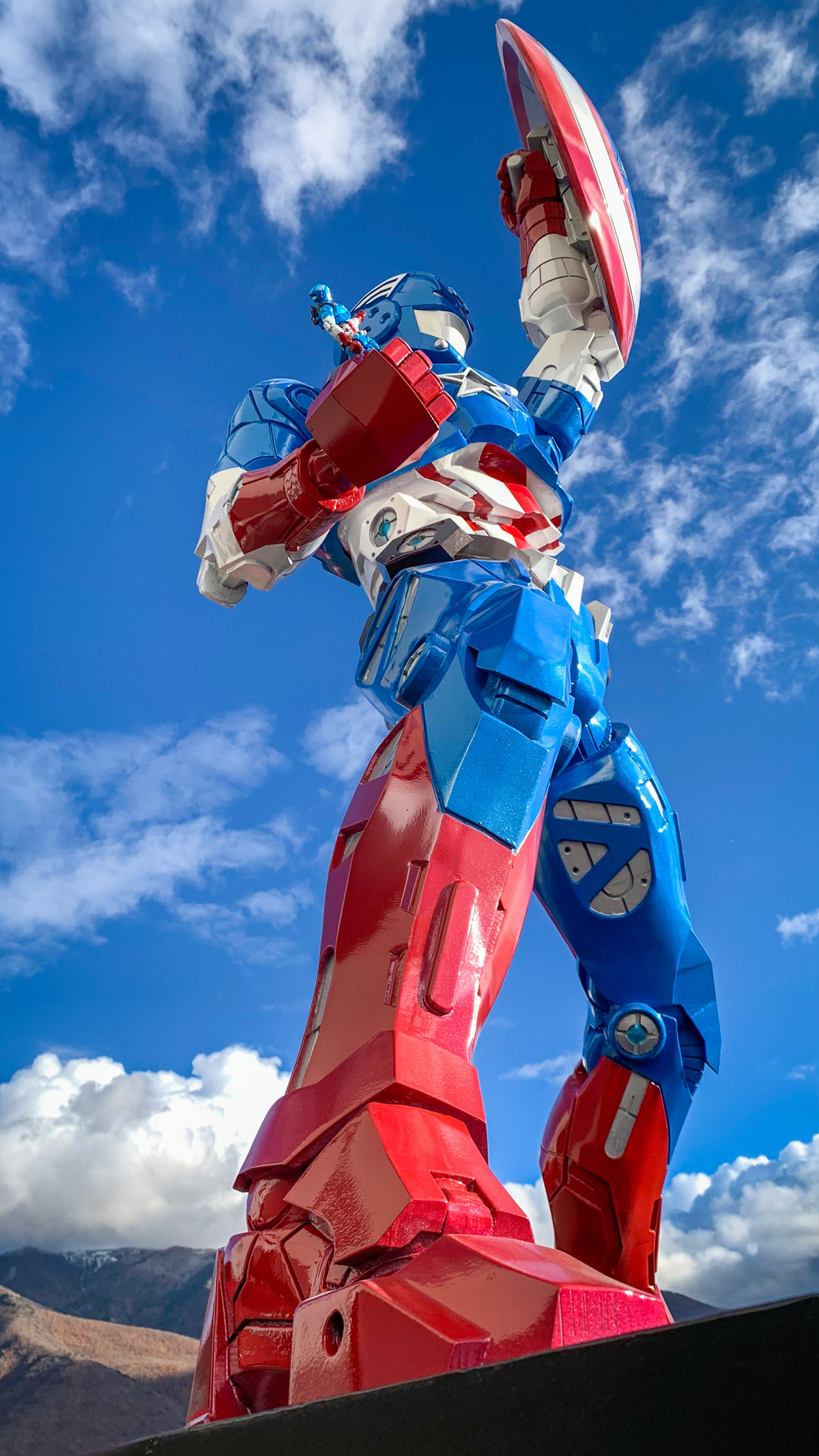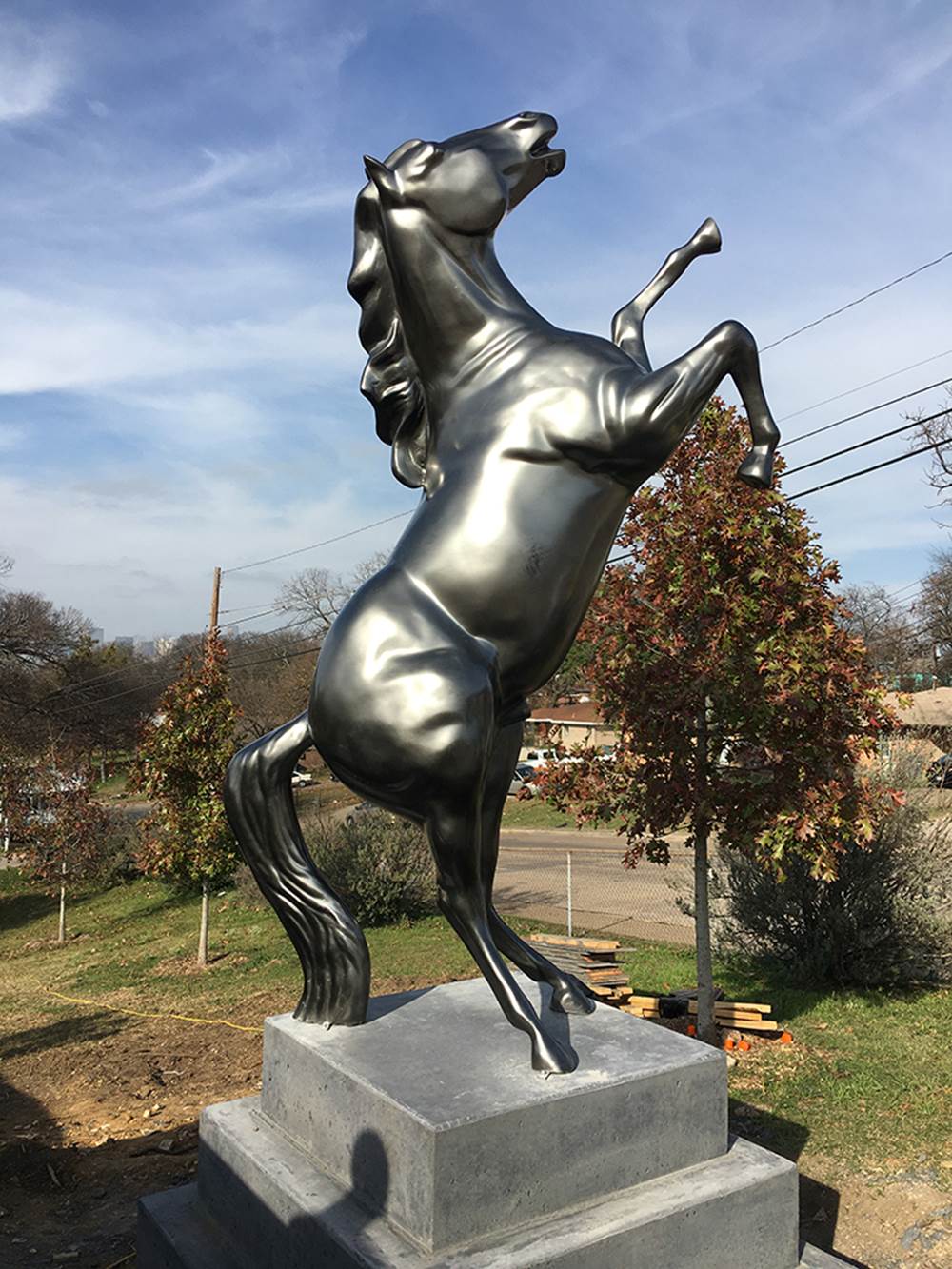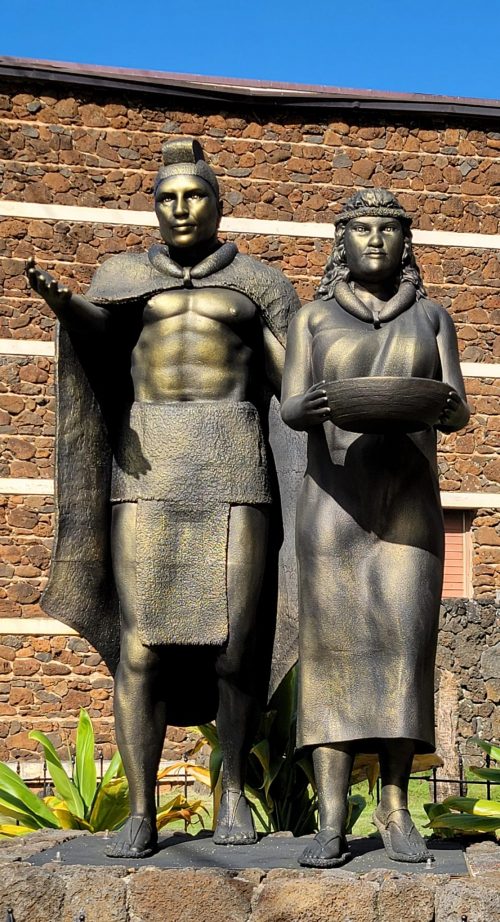Large Outdoor Statues
Large Outdoor Statues
We Build Custom 3D Statues
The Grand Scale of Large Outdoor Statues: Art, Architecture, and Culture in Monumental Form
When you encounter a large outdoor statue in a public square, park, or city plaza, the experience can be both awe-inspiring and thought-provoking. These towering monuments, often dedicated to historical figures, gods, or cultural symbols, are designed to leave an impact—both in their size and in the message they convey. Large outdoor statues don’t just fill space; they command it. Their monumental scale turns them into landmarks, symbols of collective memory, and iconic markers of human ambition, perseverance, and artistic achievement.
In this blog, we’ll dive deep into the world of large outdoor statues, exploring their artistic and architectural significance, the process of creating and installing these massive sculptures, and the cultural narratives they embody. We’ll also examine how these colossal works of art have evolved over time and continue to shape landscapes and public spaces across the world.

The Artistic Power of Scale: Why Large Statues Matter
Size has always played a significant role in art. From the Pyramids of Egypt to the towering cathedrals of Europe, large-scale works have a way of impressing upon viewers a sense of awe, grandeur, and importance. Large outdoor statues are no different. Their massive presence not only draws the eye but also communicates a message that can be political, cultural, spiritual, or historical.
The sheer scale of large statues can make us feel small, but that’s often the point. Whether it’s a statue of a powerful leader, a representation of a deity, or a monument commemorating an important event, the size of the statue amplifies its significance. These statues are intended to dominate their surroundings, offering a physical manifestation of the power, importance, or influence of what they represent.
One of the most famous examples of this is the Statue of Liberty in New York Harbor. Standing at an imposing height of 305 feet (including its pedestal), the statue is not only an iconic symbol of freedom and democracy but also a masterwork of monumental sculpture. Designed by French artist Frédéric Auguste Bartholdi and gifted to the United States in 1886, the Statue of Liberty’s towering scale ensures that it is visible from miles away, marking it as a landmark and symbol of hope for immigrants arriving in the U.S.
The size of the Statue of Liberty also serves a practical function—it needed to be large enough to be seen by ships entering the harbor. This fusion of aesthetic purpose and practicality is common in large outdoor statues, where the goal is to make a bold, lasting statement in both form and function.
The Art and Engineering Behind Large Outdoor Statues
Creating large outdoor statues involves a fusion of art and engineering. While the artist may envision the final sculpture, translating that vision into a massive, durable structure that can withstand the elements requires significant technical expertise and planning.
The process typically begins with a small-scale model or maquette, which allows the artist to work out the composition, proportions, and details before scaling up. Once the design is finalized, engineers and fabricators collaborate to figure out how the sculpture will be constructed, focusing on materials, internal support, and weatherproofing.
For larger statues, it’s common to use a combination of materials. Bronze is a popular choice due to its durability, strength, and ability to capture fine details. However, for very large statues, especially those with internal structures, bronze is often combined with steel or iron frameworks to provide additional support. This was the case with the Statue of Liberty, where Gustave Eiffel, famous for the Eiffel Tower, designed the internal steel framework that supports the copper skin of the statue.
In some cases, statues are carved directly from stone, like the towering figures of Mount Rushmore in South Dakota, which depict four U.S. presidents: George Washington, Thomas Jefferson, Theodore Roosevelt, and Abraham Lincoln. Each face is 60 feet tall, and the entire monument took over 14 years to complete, with artists and engineers working in tandem to carve the faces from the granite mountainside using dynamite and precision tools.
Beyond the artistic and structural elements, the logistics of installation must also be carefully considered. Large outdoor statues are often transported in pieces and assembled on-site, requiring cranes and other heavy machinery. Site preparation is crucial to ensure that the statue is anchored securely, particularly in areas prone to natural elements like wind, rain, or earthquakes.
The installation of large statues can also involve careful attention to lighting and landscaping. For example, statues in urban parks or plazas might be illuminated at night, allowing them to remain focal points even after dark. The surrounding environment—whether it’s lush greenery, fountains, or modern architecture—can enhance the overall experience, creating a dialogue between the statue and its setting.
Historical Significance of Large Outdoor Statues
Large outdoor statues have a long and rich history, stretching back to ancient civilizations where monumental sculpture was often tied to religion, politics, and cultural identity. In ancient Egypt, colossal statues were used to depict gods and pharaohs, symbols of divine power and eternal rule. The Great Sphinx of Giza, one of the oldest and most recognizable statues in the world, is a prime example. Carved from limestone and standing at 66 feet tall and 240 feet long, the Sphinx embodies the grandeur of ancient Egyptian civilization.
Similarly, in ancient Greece, large statues were often erected to honor the gods and celebrate human achievement. One of the most famous examples is the Statue of Zeus at Olympia, one of the Seven Wonders of the Ancient World. Created by the sculptor Phidias around 435 BCE, the statue stood 40 feet tall and was made of ivory and gold, symbolizing the immense power and grandeur of Zeus, the king of the Greek gods.
The Romans, too, embraced large-scale statues, often using them to immortalize emperors, gods, and important public figures. Roman statues, like the massive Colossus of Nero, which once stood near the Colosseum in Rome, were used to project imperial power and authority. The Colossus, believed to have been about 100 feet tall, was later repurposed to depict the sun god Sol and became a symbol of Rome’s enduring legacy.
In the Renaissance, large statues experienced a revival as artists like Michelangelo and Donatello explored the potential of monumental sculpture. Michelangelo’s David, standing 17 feet tall, is perhaps one of the most famous large statues in the world. Carved from marble, David is a masterpiece of Renaissance art, celebrated for its realistic portrayal of the human form and its representation of heroism and beauty.
Modern large outdoor statues often serve different purposes, though the desire to immortalize individuals or ideas remains. Monuments like the Christ the Redeemer statue in Rio de Janeiro, standing at 98 feet tall, are powerful symbols of faith and unity. The Motherland Calls statue in Russia, standing at 279 feet, is a monument to the heroism of those who fought in the Battle of Stalingrad during World War II. These statues, though rooted in different cultures and contexts, share a common goal: to inspire and to serve as enduring symbols of what their societies hold dear.

Cultural Symbolism and Impact: What Large Outdoor Statues Represent
Large outdoor statues are often more than just artistic creations; they are symbols that carry cultural, political, and emotional weight. Whether it’s a statue of a national hero, a religious figure, or an abstract form, these towering monuments are deeply embedded in the cultural fabric of their locations.
In many cases, large statues are erected to commemorate historical events or honor individuals who have shaped a nation’s identity. Consider the Lincoln Memorial in Washington, D.C., where a 19-foot-tall seated statue of Abraham Lincoln presides over the memorial space. This statue, created by sculptor Daniel Chester French and completed in 1922, represents Lincoln’s leadership during the American Civil War and his dedication to preserving the Union. Visitors from all over the world come to reflect on Lincoln’s legacy and the values of democracy, freedom, and equality that the statue embodies.
In other contexts, large statues represent ideals or aspirations. The Christ the Redeemer statue in Rio de Janeiro, for example, is not only a symbol of Christianity but also a representation of peace, unity, and the welcoming spirit of Brazil. Standing atop the Corcovado mountain, with arms outstretched, the statue overlooks the city, serving as a guardian figure and a reminder of faith for millions of visitors each year.
Some large outdoor statues make bold political statements. In recent years, artists have used large-scale sculpture to comment on social issues, create awareness, or inspire change. Public art projects in cities like New York, London, and Berlin have featured monumental sculptures that address topics such as climate change, immigration, and social justice, transforming urban spaces into platforms for dialogue and reflection.
In addition to their symbolic power, large outdoor statues also become integral to the identity of the places they inhabit. They act as landmarks, drawing tourists and locals alike, and often becoming synonymous with their locations. Think of the Eiffel Tower in Paris, the Angel of the North in the UK, or Mount Rushmore in the U.S.—these statues and monuments not only represent historical or cultural ideas but also define the skylines and identities of the cities and regions where they stand.
The Future of Large Outdoor Statues: Innovation in Materials and Design
As technology advances, the possibilities for creating large outdoor statues continue to expand. While bronze, marble, and stone have long been the materials of choice, modern sculptors are experimenting with new materials, such as stainless steel, glass, and even digital components like LED lighting and projection mapping. These innovations allow for more interactive and dynamic statues that can change appearance depending on the time of day, the weather, or the participation of viewers.
An example of this trend is Anish Kapoor’s Cloud Gate, often referred to as “The Bean,” in Chicago’s Millennium Park. While not a traditional statue in the sense of depicting a person or event, the sculpture’s massive, reflective surface invites interaction, allowing visitors to see themselves and the surrounding cityscape in new and unexpected ways. Its 110-ton stainless steel form merges art, architecture, and public engagement, making it a quintessential piece of contemporary monumental sculpture.
In addition to new materials, large outdoor statues are also being designed with sustainability in mind. Many modern sculptors are focusing on eco-friendly materials and processes, using recycled metals or local materials to reduce the environmental impact of their work. This shift toward sustainability is part of a broader movement within public art to create works that are not only visually impactful but also socially and environmentally responsible.
As urban spaces continue to evolve, large outdoor statues will remain an integral part of public art, serving as powerful symbols, landmarks, and platforms for dialogue. Whether made from bronze, stainless steel, or new cutting-edge materials, these monumental sculptures will continue to inspire, challenge, and connect people around the world.

Conclusion: Large Outdoor Statues as Timeless Symbols
Large outdoor statues are more than just impressive works of art—they are markers of human culture, achievement, and identity. Their scale ensures that they are seen, remembered, and revered, while their craftsmanship, symbolism, and engineering make them enduring features of our public spaces. From ancient wonders like the Great Sphinx to modern masterpieces like the Statue of Liberty, these monumental sculptures capture the imagination, tell stories, and leave a lasting legacy.
As we look to the future, large outdoor statues will continue to play a significant role in shaping our cities and our collective memory, standing tall as reminders of who we are and what we aspire to be.
Checkout WhiteClouds’ 3D Statues to learn more information.Contact us today to learn more about our 3D services and how we can help you achieve your goals.
